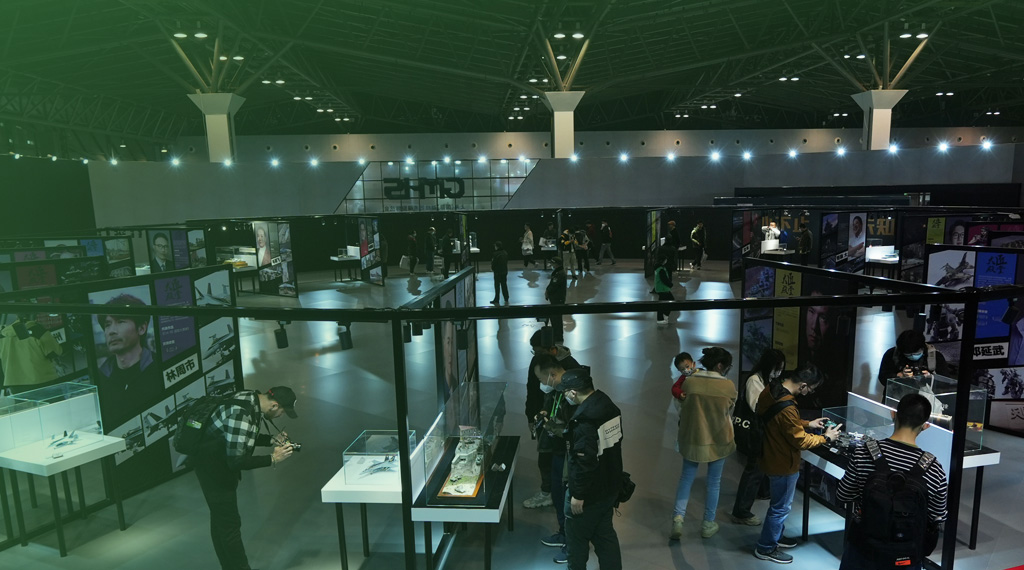-

 Micro-landscape
Micro-landscape
Miniature landscape refers to a model that proportionally reduces existing or previously described scenes in the real world and uses materials to present them to the audience. Generally, people pursue the degree of scene restoration, and can also achieve a presence beyond reality through artistic processing or lighting methods, bringing people a different viewing experience.
-
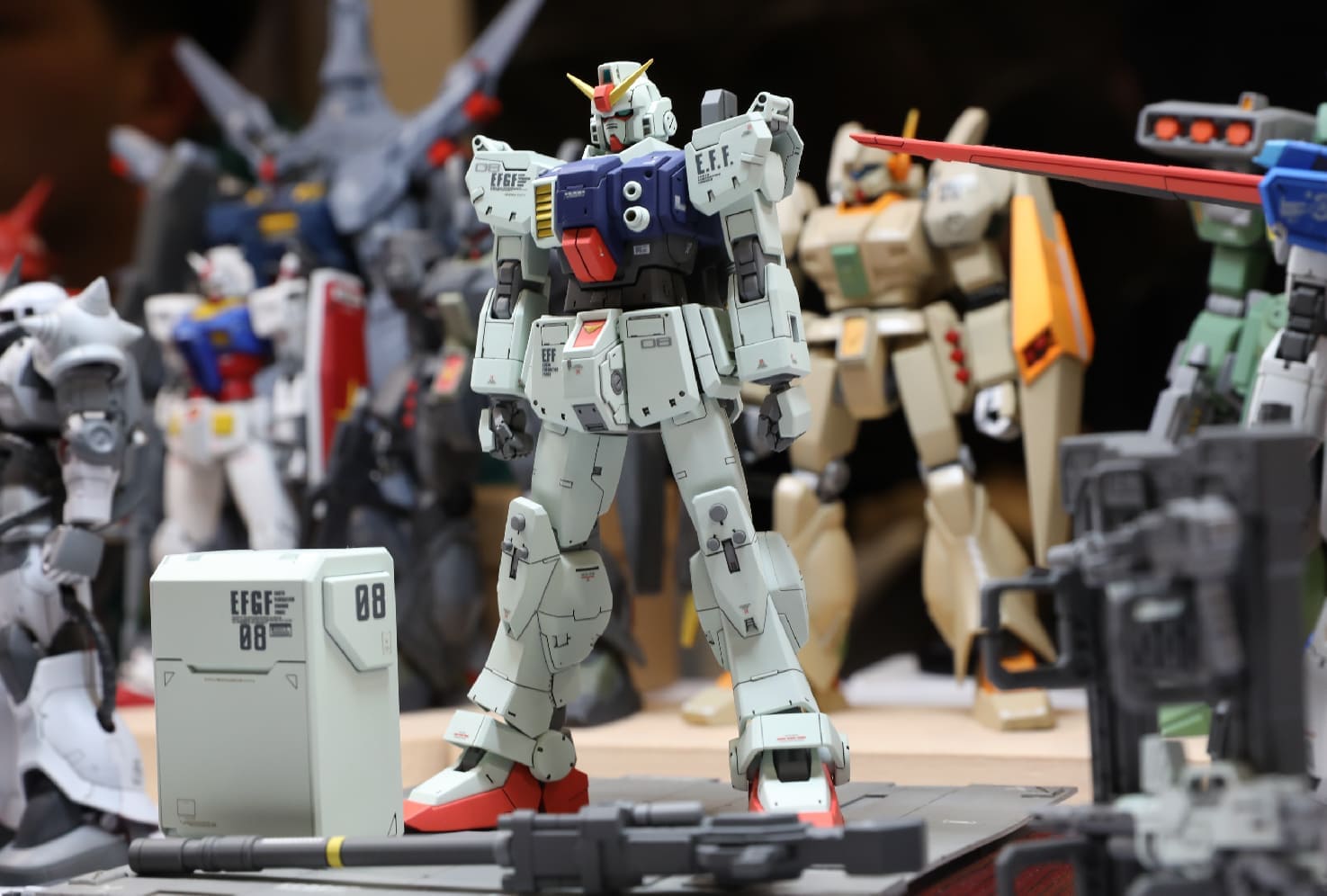
 Mecha model
Mecha model
It can also be called a science fiction model. This statement corresponds to "real models" because the subject matter of the creation is from virtual works, which are created by the author's imagination. According to the gameplay of the work, it can be divided into assembled mecha models and finished mecha models. The mobility of mecha models is extremely strong, and they have a good tactile experience. Whether it is enjoying the hands-on fun brought by assembling mecha models or the fun of breaking joints and shaping finished mecha models, they are all very enjoyable. The material of the work is usually PVC. The most famous series of mecha models is the Gundam series.
-
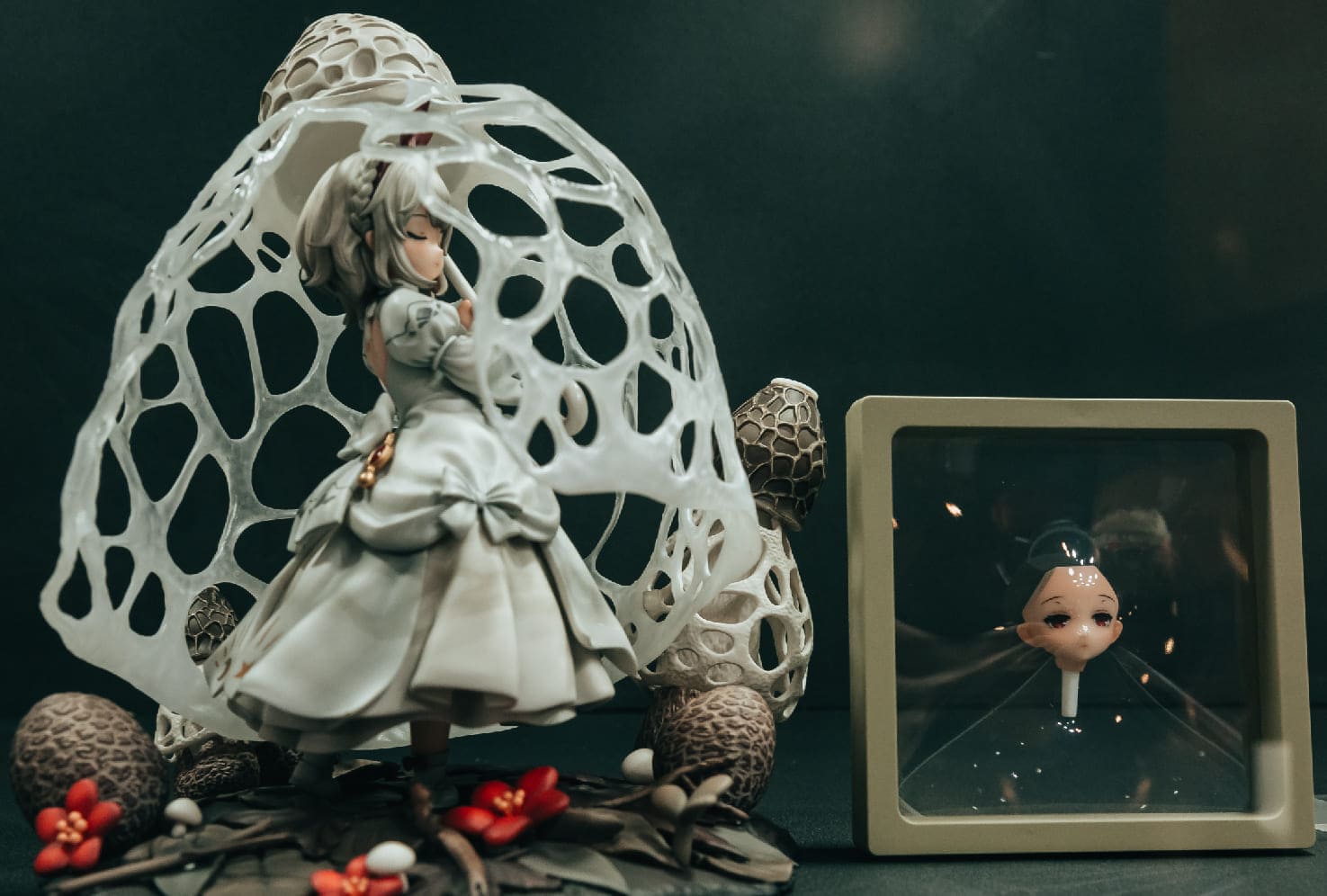
 Handmade
Handmade
It is mainly divided into proportional humanoid, Q-version humanoid, simulated humanoid, box egg twisted egg, and scene model. The biggest difference between figurines and statues is the use of materials. In order to achieve mass production, handmade products are mostly made of PVC material, and because handmade products usually do not require any other operations after purchase, they are also called PVC humanoid finished products (PF). Due to its relatively low cost and no need for hands-on operation, PF's market share is gradually emerging. There are also more and more manufacturers producing PF, such as GSC, Shouwu, and so on. In the modeling industry, the current era is also known as the era of PVC finished products.
-
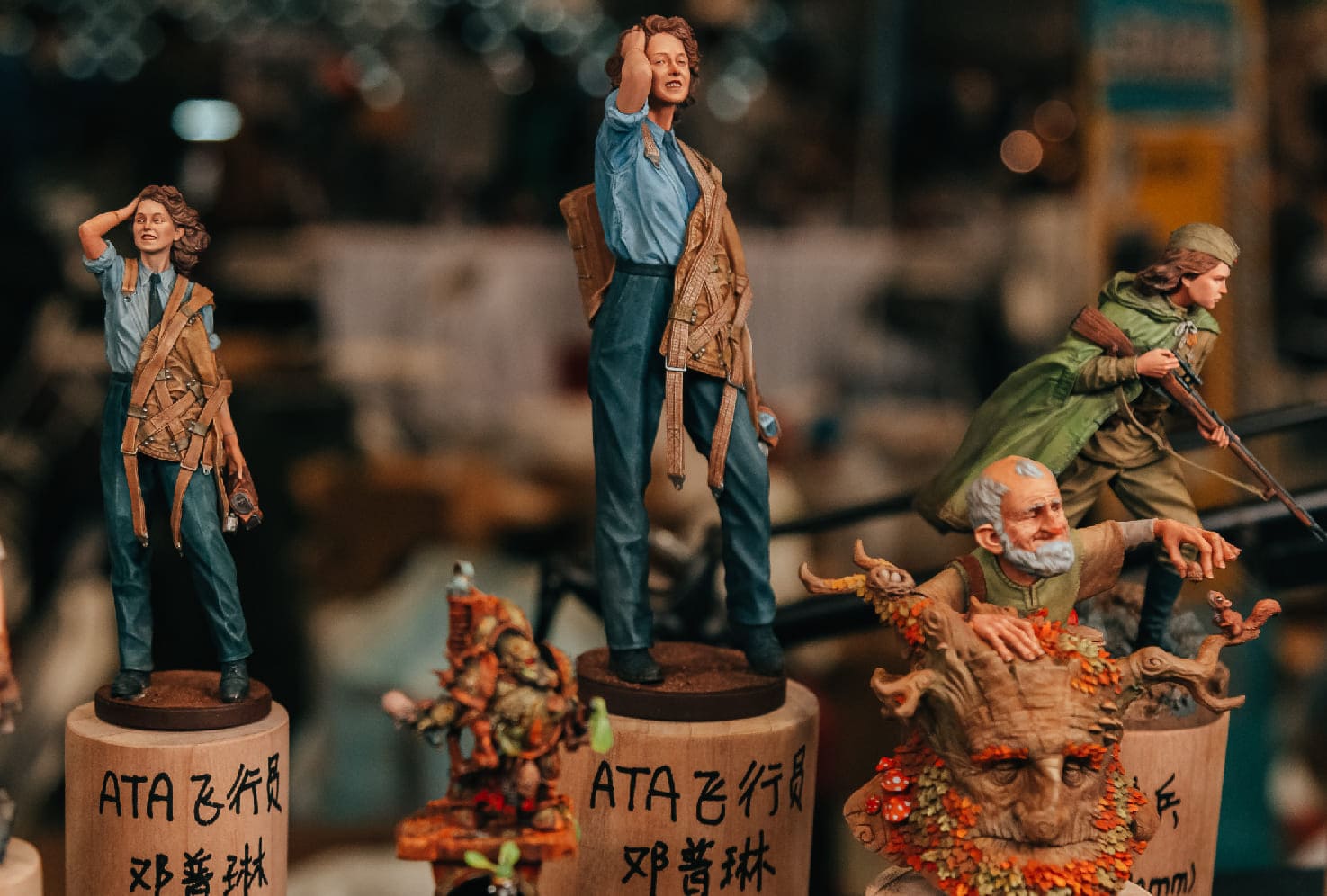
 Statue
Statue
The definition of a statue is broader, whether it is a copper statue from thousands of years ago, a medieval plaster statue, or a material used in modern times such as marble or resin, all belong to the category of statues. The narrow definition of a statue nowadays discusses works made of marble or resin, also known as GK painted finished products. Compared to handmade sculptures, statues are more valuable and exquisite, with better attention to detail and fewer circulation. They require manual polishing, assembly, and coloring to create various works of imagery.
-

 Tokusatsu model
Tokusatsu model
The tokusatsu model is a derivative product of tokusatsu films. The main feature of tokusatsu is that live actors wear tight fitting costumes or monster costumes to perform, and use handmade miniature models as scenes, such as flash floods, explosions, high-rise buildings collapsing, etc., supplemented by very few visual effects such as lasers. The tokusatsu model is a model created based on this theme. The material used for the tokusatsu model is relatively flexible, and what is more important is the theme of the work, which can be PVC, resin, polystyrene, or even soft plastic.
-
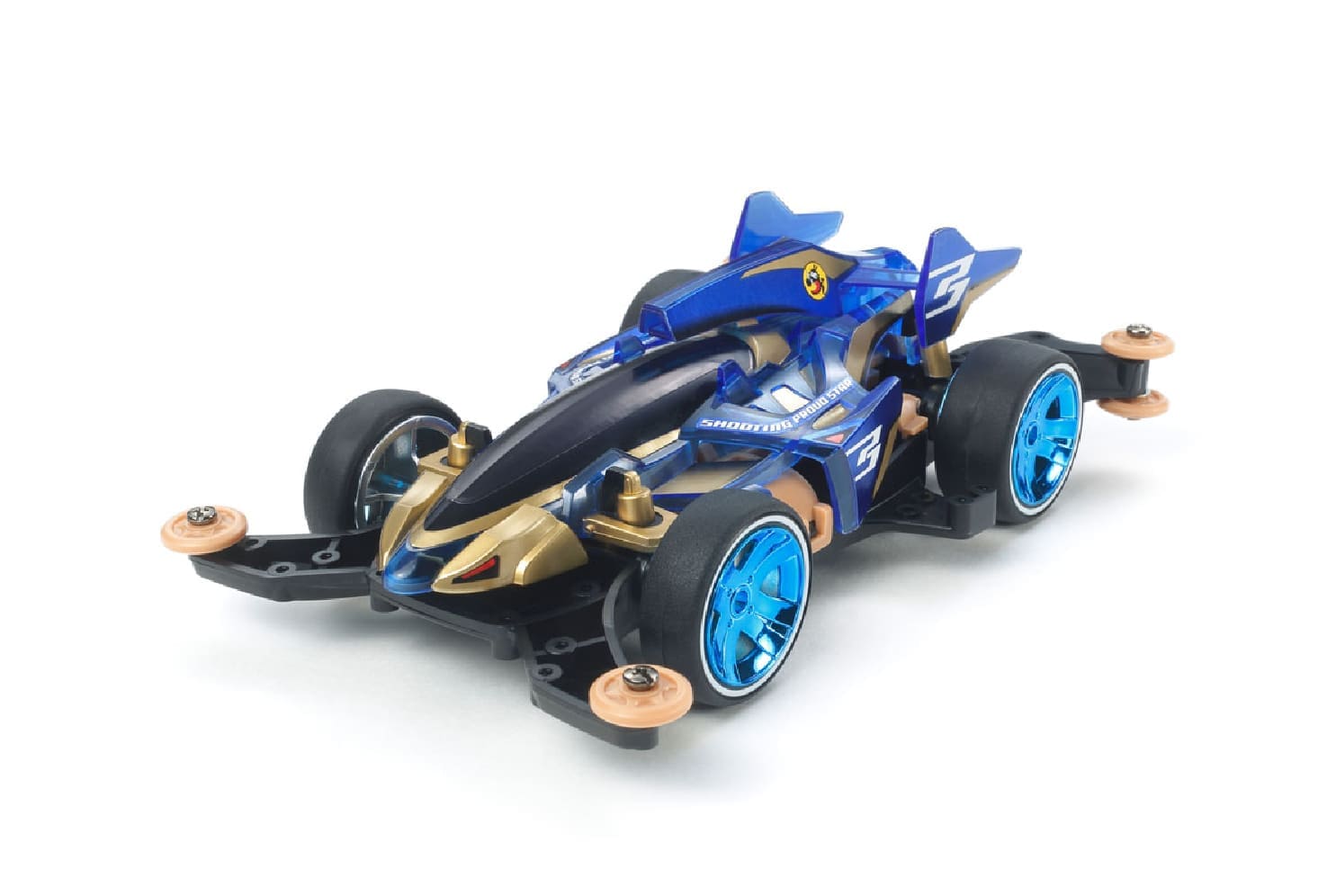
 Driver Model
Driver Model
The driving model, as the name suggests, uses electrical energy to drive the engine, thereby driving the wheels to rotate and causing the car to move. The most famous driving model series among them is undoubtedly the mini four-wheel drive vehicle model. In 1982, the Japanese company Tamiya Model reduced the radio remote control racing car model used for professional sports, removed steering and remote control devices, and developed and sold a miniature four-wheel drive model car, which is the mini four-wheel drive car model. Remote control models also belong to the category of driving models.




